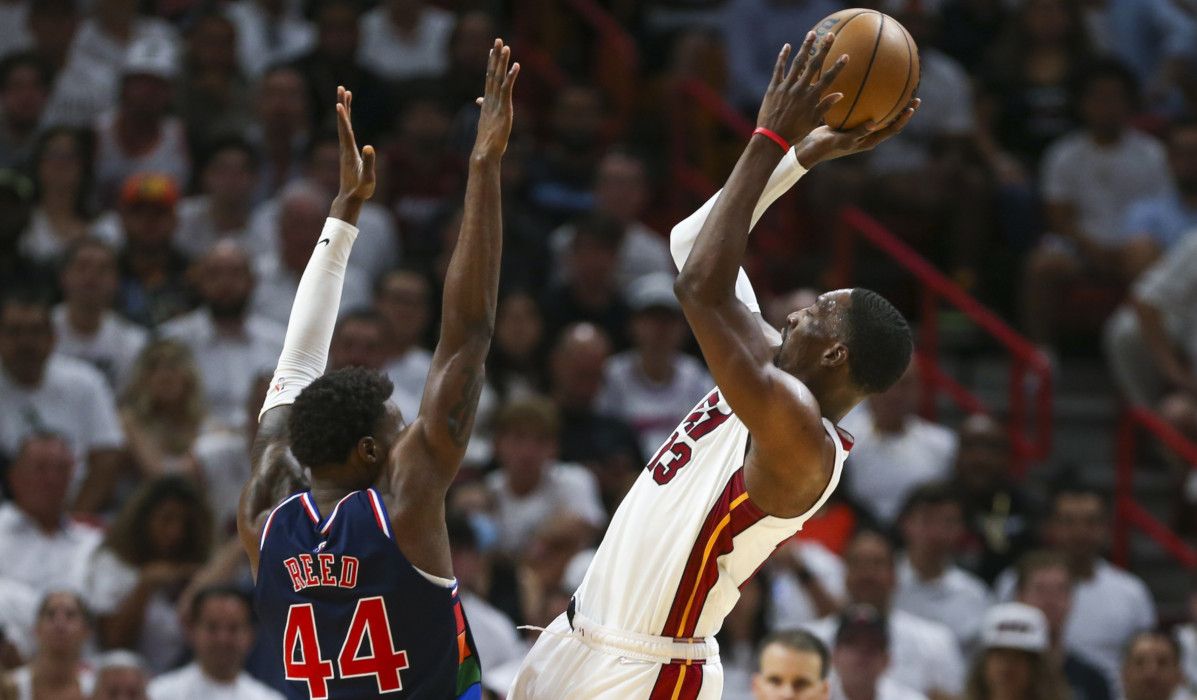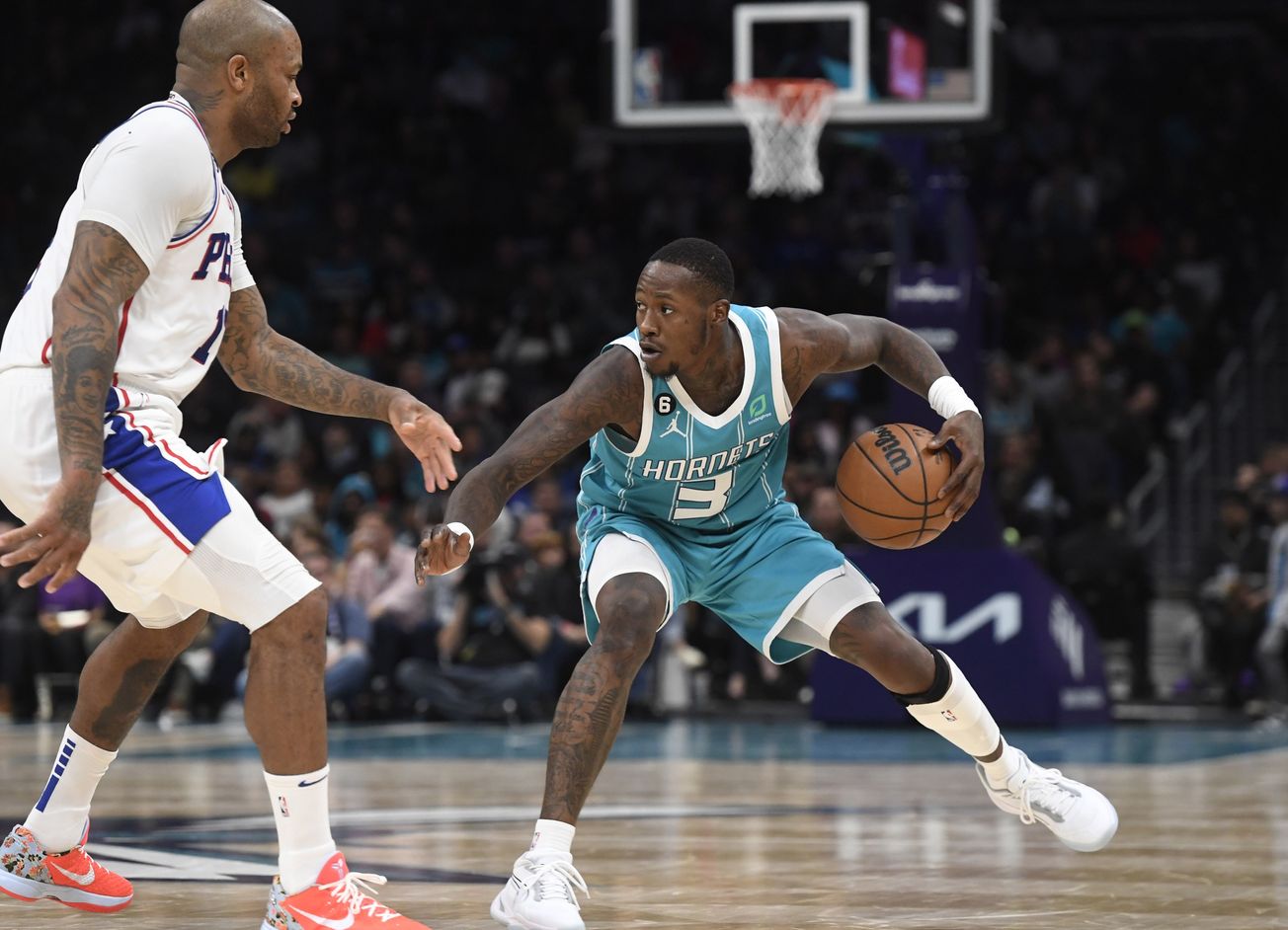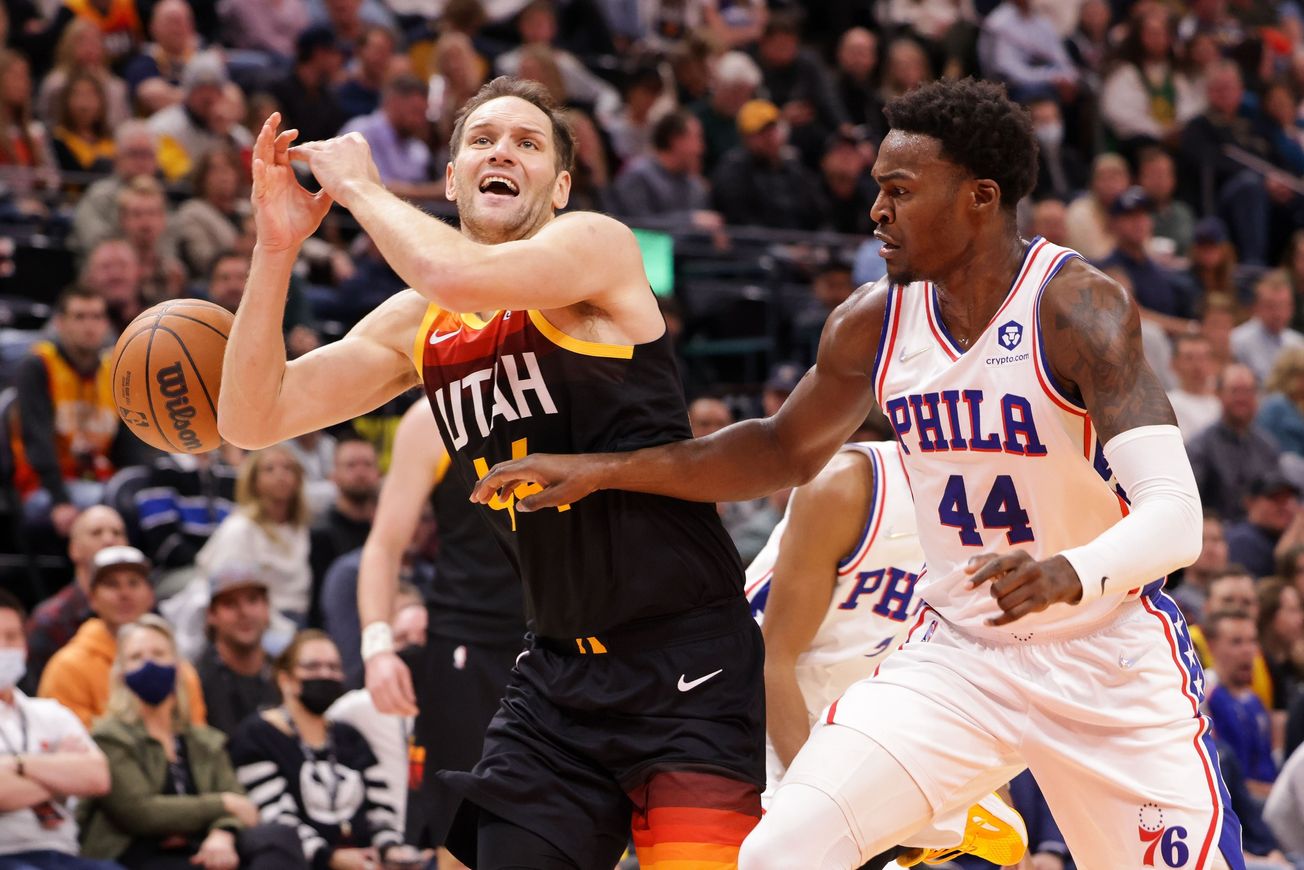In today's newsletter
- Thoughts on the success (and failures) of the Sixers' zone in Game 1
- Details on tonight's Game 2
- Link roundup
Coming into the series we knew that zone defense would be a factor. Miami, who relies on zone as part of their regular defensive game plan, drops into a zone as much as anybody in the league. The Sixers, while playing less of it in the regular season than Miami, ramped up their usage in the playoffs as they realized they don't have the personnel to keep their man in front of them, a problem which hasn't gotten any better with Embiid unavailable.
During Monday's Game 1, it was the Sixers who turned to zone far, far more often then their counterpart, with Synergy logging 36 "plays" of zone defense, compared to just seven for Miami. The strategy, for the most part, was a resounding success: in 36 plays against the Sixers' zone, Miami shot just 8-30 from the field, compared to 32-62 they shot against the Sixers' man-to-man defense.
But there's a catch (there's always a catch with this team): 12 of Miami's 15 offensive rebounds came while the Sixers were zoned up. That's beyond brutal.
| Center | FGM | FGA | Off Reb | TO | PTS | Pts/Play |
|---|---|---|---|---|---|---|
| Reed | 2 | 14 | 6 | 2 | 9 | 0.529 |
| Millsap | 3 | 8 | 2 | 1 | 7 | 0.777 |
| Jordan | 3 | 8 | 4 | 0 | 10 | 1.000 |
| vs Zone | 8 | 30 | 12 | 3 | 26 | 0.722 |
| vs Man | 32 | 62 | 3 | 8 | 80 | 1.07 |
(Miami's effectiveness against the Sixers' zone defense, broken down by who was playing center for the Sixers at the time.)
Play vs possession? What's the difference? Click to expand
You'll sometimes see me refer to stuff as a play, and other times as a possession. What's the difference? It call comes down to what happens following an offensive rebound. An offensive rebound will result in a new "play", but it won't result in a new "possession". Why does this matter? Because if you're used to evaluating success based off of one metric (say, Offensive Rating, which uses possessions), then "points per play" will always trend lower because the numerator (points) will stay the same but the denominator (plays, rather than possessions) will increase. As an example: the Sixers' offense averaged 103.4 points per 100 plays in the regular season, compared to 113.5 points per 100 possessions. Synergy uses "per play" data, so when I rely on their data, I like to point this out so we don't use the "per possession" baseline to measure success. The key is to remember that points per play trends lower than points per possession. For this reason, I tend to use "points per play" (single, i.e. 1.034 above) with Synergy numbers, compared to "points per 100 possessions" when talking about possession data, so that way it's easier to separate the two visually at a glance.









